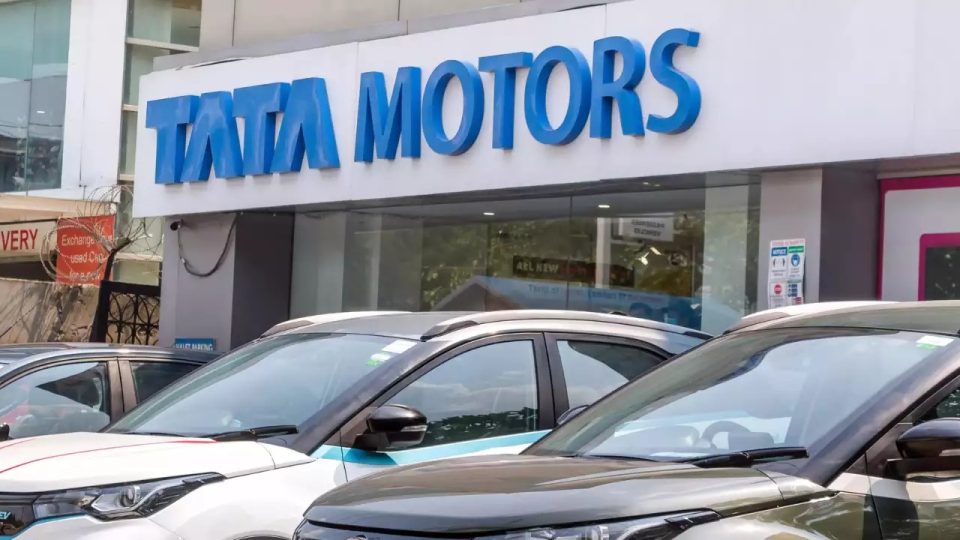Shares of Tata Motors rose 3.5% on the BSE to touch a more than six-year high of Rs 563.55 in intraday trade on Wednesday. The stock was higher for the sixth straight day, surging 11%. The stock hit its highest level since September 2016 today. It hit an all-time high of Rs 612.05 in February 2015.
The sharp rise in Tata Motors’ share price took its market capitalisation (including Tata Motors DVR) to an all-time intraday high and crossed the Rs 2 trillion mark today.
BSE data showed that Tata Motors (Rs 1.96 trillion) and Tata Motors DVR (Rs 15,171 crore) have a combined market capitalization of Rs 2.06 trillion. Earlier, on November 17, 2021, the companies had a combined market capitalization of Rs 1.90 trillion, according to the Capitaline Plus database.
Shares of Tata Motors and Tata Motors DVR have gained 48% so far in 2023, compared with a 2.8% gain for the S&P BSE Sensex. Tata Motors is included in the 30-share Sensex index from December 19, 2022.
A strong rise in the company’s share price is seen as all three key divisions of Tata Motors (domestic PV, CV and JLR) will see improvements due to improved semiconductor chip supply.
Tata Motors said Tata Commercial Vehicles (Tata CV) and Tata Passenger Vehicles (Tata PV) have been on a rapid growth trajectory, with the companies’ operational and financial indicators for the financial year 2022-23 (FY23) reaching a “record high”. Operational debottlenecking is accomplished through multiple levers. The company said that manufacturing capacity has nearly tripled through factory and supplier-side interventions.
The CV industry continues its upcycle, driven by India’s economic growth. The industry has completely shrugged off the shadow of the pandemic and other disruptions, and the Indian CV industry continues on a solid upward trajectory.
The company aims to be net-auto debt-free by FY25, driven primarily by better operating leverage driven by higher volumes at JLR and higher-margin FCF. In addition, divestitures of non-core assets such as Tata Technologies could further help deleveraging.
While capex intensity is expected to remain high in the medium term (approximately GBP 3 billion annual investment in JLR and Rs 7,000-80,000 crore in domestic operations), debt is expected to be reduced given the expected healthy cash accumulation. However, the high competitive intensity and risks associated with technology and regulation, and companies’ progress in addressing these, will be closely watched.



